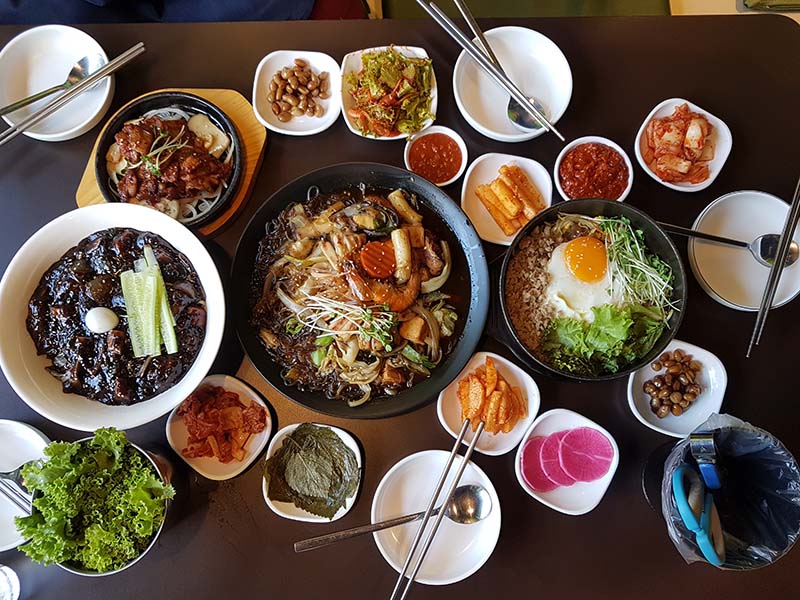
Food and culture are closely related to each other. Whenever you want to understand the traditional values, always study about food of a specific culture. Food is the best cultural representation of society.
Let’s discuss some traditional Korean foods.
- KIMCHI
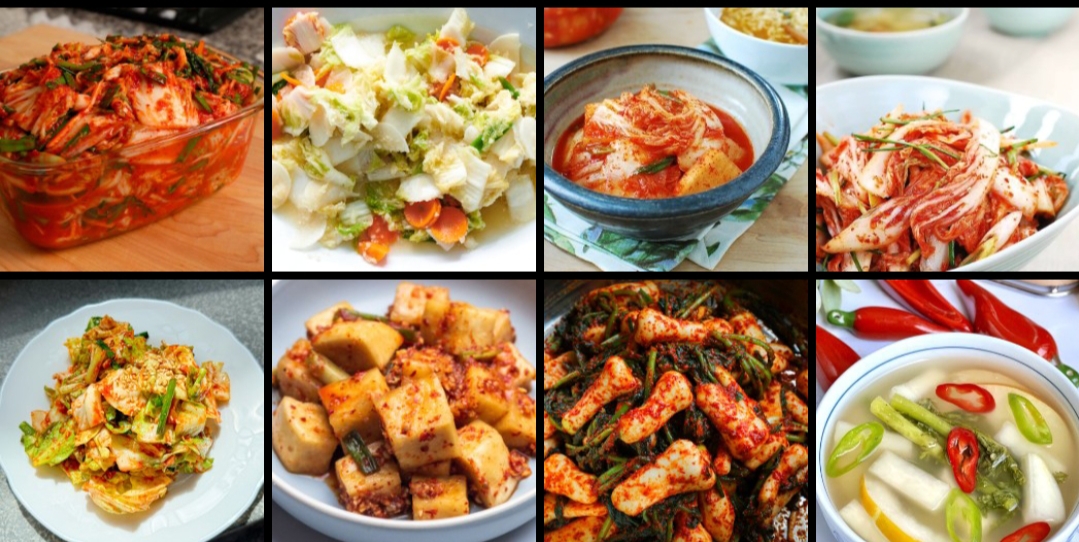
Kimchi (김치) is a traditional Korean side dish (banchan) consisting of salted and fermented vegetables, most often napa cabbage or Korean radish. A wide selection of seasonings is used, including
- gochugaru (Korean chili powder)
- spring onions, garlic, ginger, and jeotgal (a salted seafood).
Kimchi is also used in a variety of soups and stews. Kimchi is a staple food in Korean cuisine and is eaten as a side dish with almost every Korean meal.
There are different varieties of Kimchi given below.
- Traditional napa cabbage kimchi or pogi kimchi

- Vegan kimchi
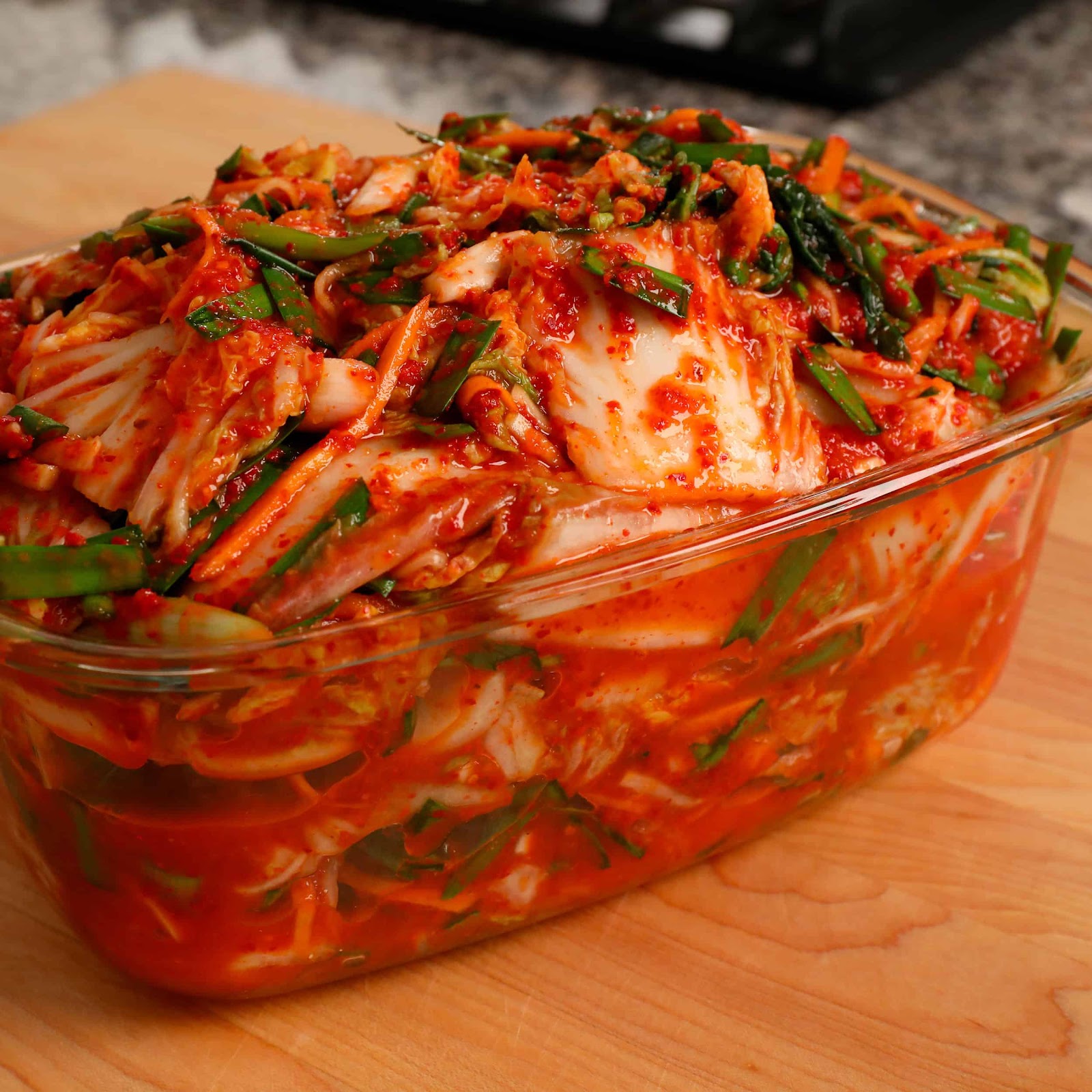
- White kimchi (baek kimchi)
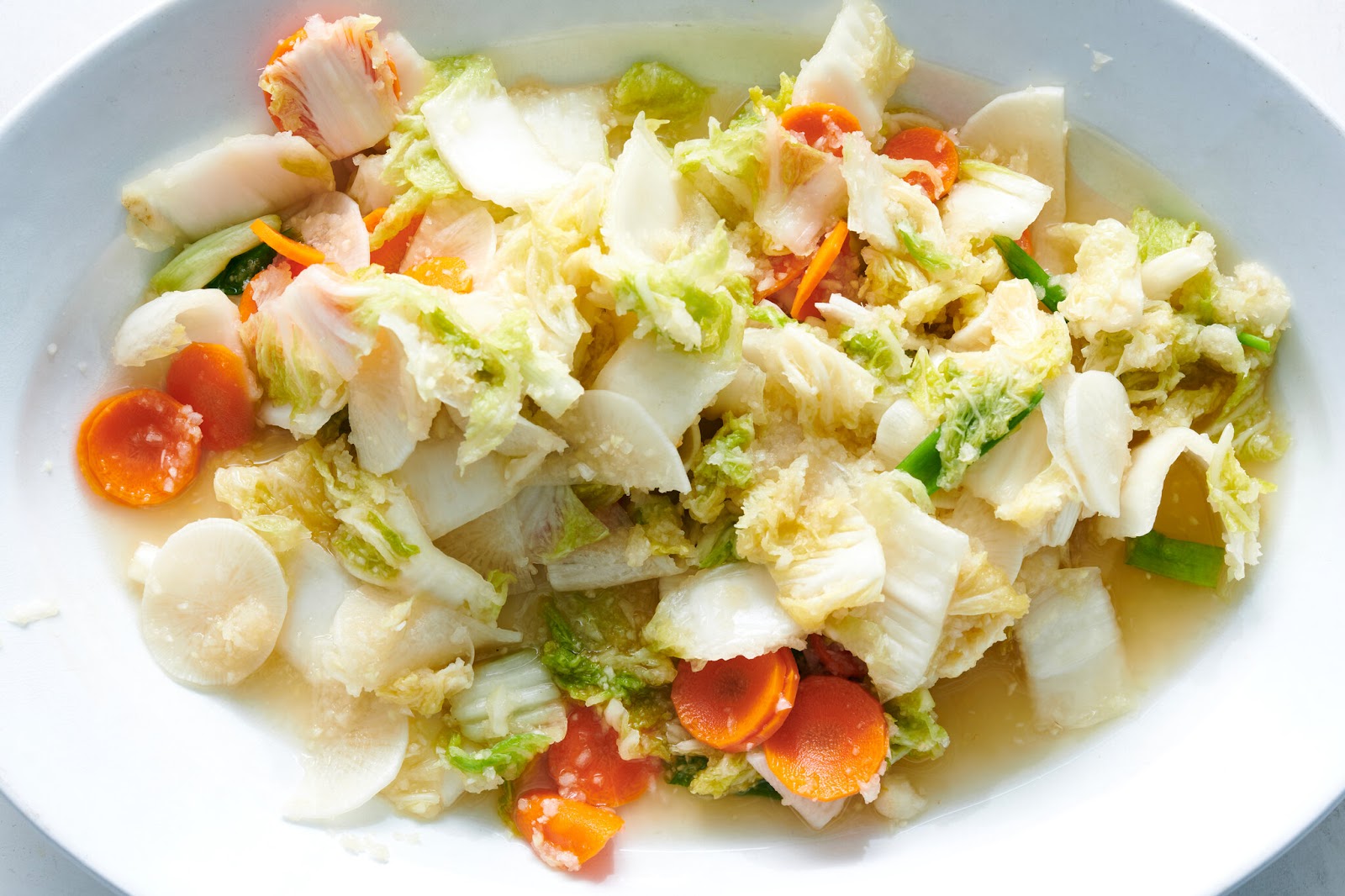
- Mak kimchi (Easy kimchi)

- Baechu Geotjeori (Fresh kimchi)

- Yangbaechu kimchi (Green cabbage kimchi)
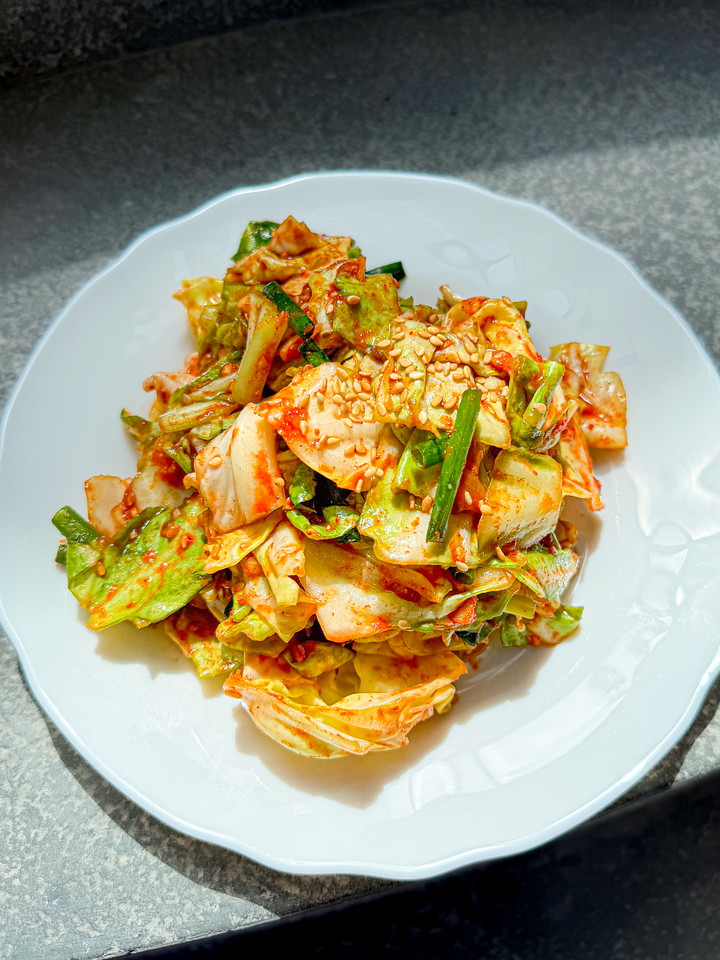
- Kkakdugi kimchi (Cubed radish kimchi)
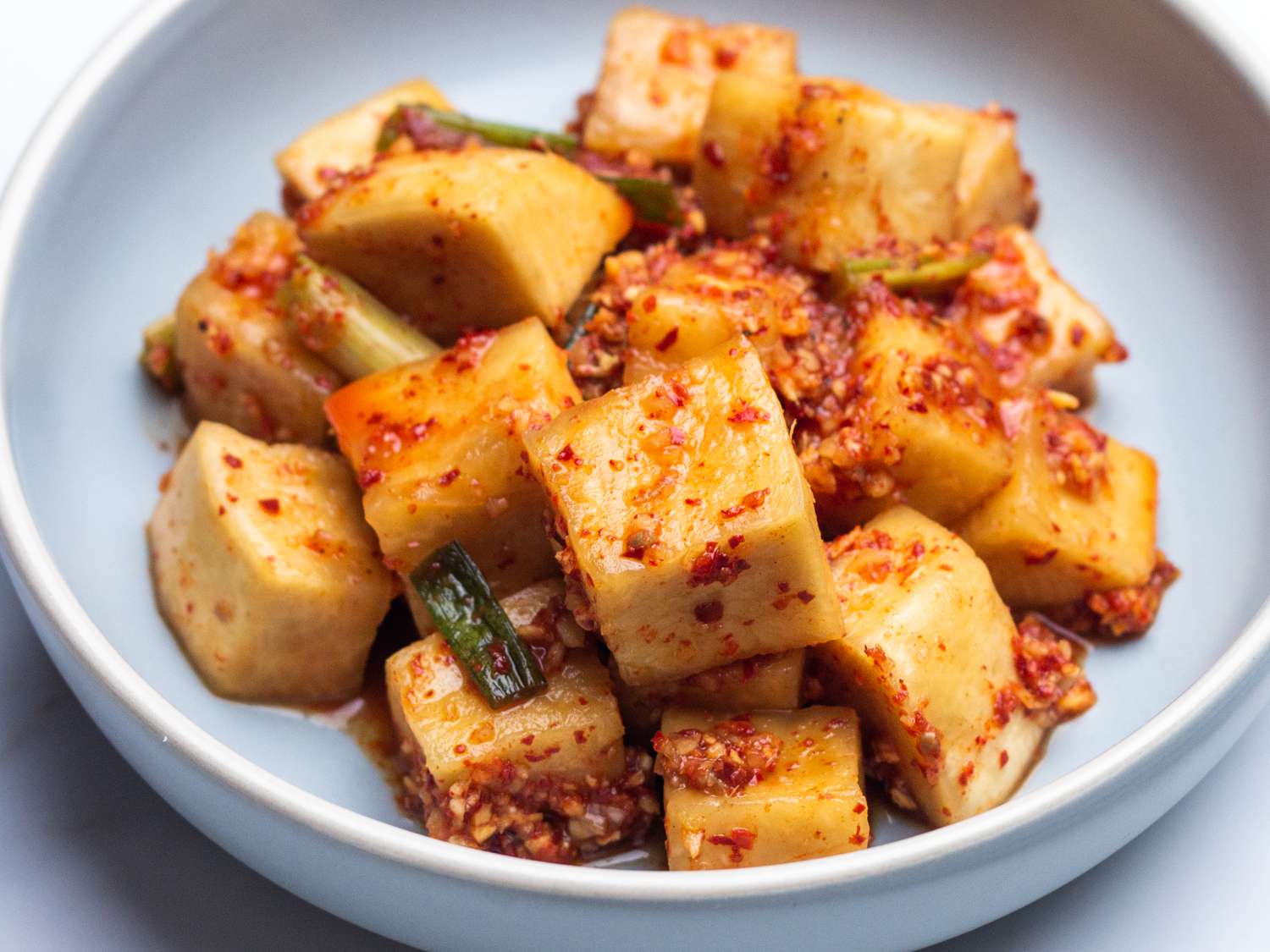
- Chonggak kimchi (ponytail radish kimchi)
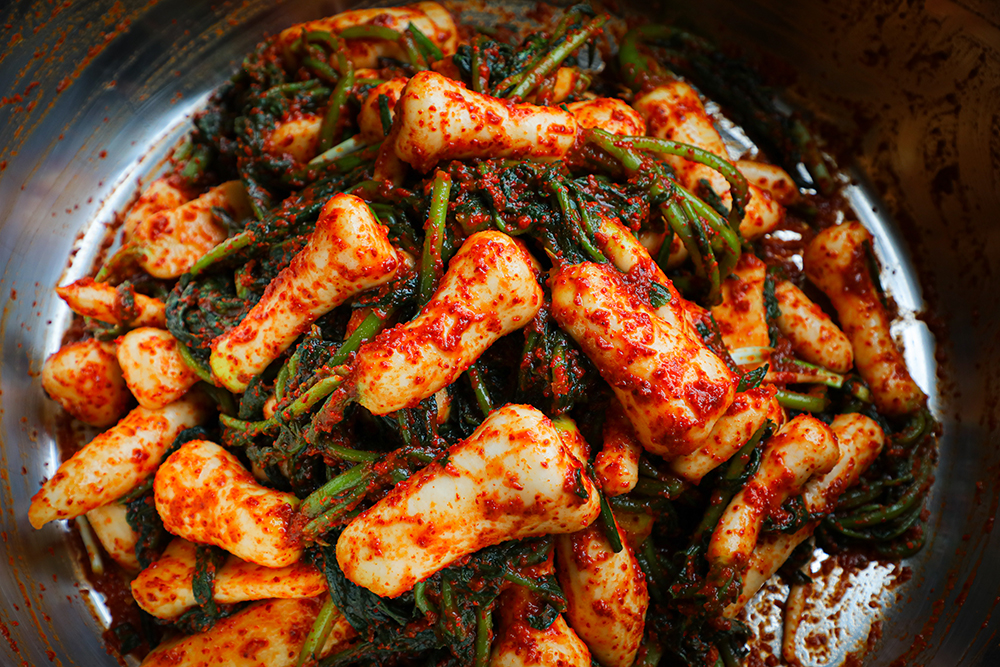
- BIBIMBAP

The term bibim means “mixing” and bap is cooked rice. It is served as a bowl of warm white rice topped with namul (sautéed or blanched seasoned vegetables) and gochujang (chili pepper paste). Egg and sliced meat (usually beef) are common additions, stirred together thoroughly just before eating. In South Korea, Jeonju, Jinju, and Tongyeong are especially famous for their versions of bibimbap.
- INGREDIENTS FOR BIBIMBAP
Bibimbap can be various kinds of bibimbap depending on the ingredients.
- Vegetables commonly used in bibimbap include cucumber
- Courgette/zucchini
- Radish, mushrooms, bellflower root and gim, as well as spinach, soybean sprouts, and bracken fern stems.
- Tofu either plain or sautéed, or a leaf of lettuce may be added, or chicken or seafood may be substituted for beef.
- For visual appeal, the vegetables are often placed so adjacent colors complement each other. In the South Korean version, sesame oil, red pepper paste (gochujang), and sesame seeds are added.
PREPARATION TIPS:
- Prepare and cook ingredients as below.
– For meat, mix the beef mince with the meat sauce listed above. Marinate the meat for about 30 mins while you are working on other ingredients to enhance the flavor. Add some cooking oil into a wok and cook the meat on medium high to high heat. It takes about 3 to 5 mins to thoroughly cook it.
– Mix the bibimbap sauce ingredients in a bowl.
– Cook spinach and bean sprouts per linked recipe.
– Rinse, peel and julienne the carrots. Add some cooking oil and 1/4 tsp of fine sea salt in a wok and cook the carrots on medium high to high heat for 2 to 3 mins.
_ Add some cooking oil and 1/4 tsp of fine sea salt in a wok and cook the mushrooms on medium high to high heat until they are all cooked. (It takes 2 to 3 mins.)
– Make fried eggs. (While sunny side up is common, you can make them per your preference.)
- Put the rice into a bowl and add the meat, assorted vegetables, seasoned seaweed, bibimbap sauce, and the egg on top of the rice. Serve.
- To eat, mix the ingredients in the bowl, and enjoy!
- TTEOKBOKKI
VEGAN TTEOKBOKKI | SPICY KOREAN RICE CAKES | 비건 떡볶이
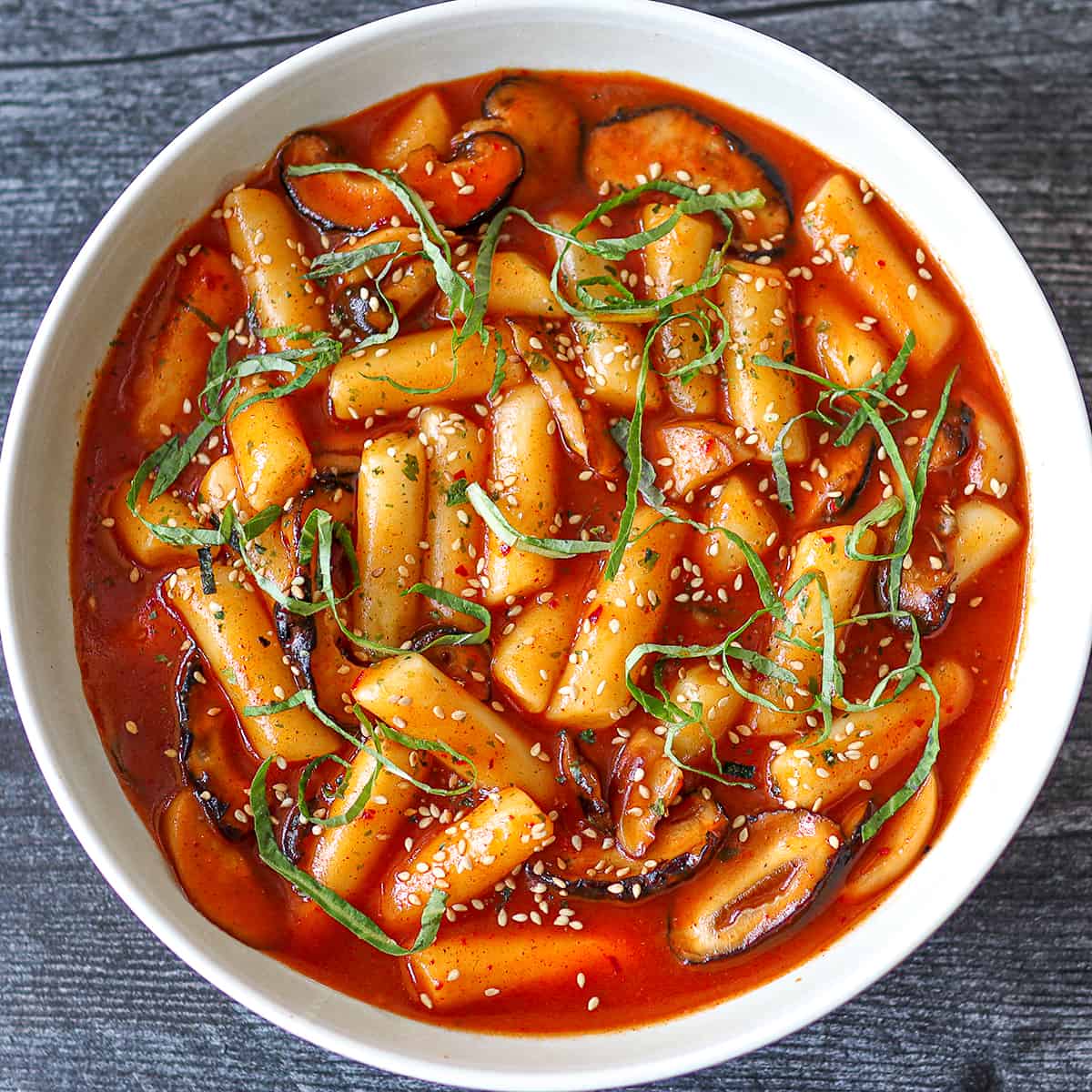
Spicy Korean Rice Cakes are one of the most popular street foods in Korea. The rice cakes have a soft, chewy, and bouncy texture that goes perfectly with this spicy, sweet, and umami-packed gochujang sauce. This vegan recipe captures all the nostalgic flavors that you would want in a street food style tteokbokki and more.
POPULARITY AS A STREET FOOD
- Typically, street vendors sell it alongside a basket of fried tempura and sundae.
- There are many variations of tteokbokki: some people add dumplings (mandu), some add cabbage, cheese or ramen noodles. This is also one of the reasons people love to eat tteokbokki.
- It’s super delicious, umami rich and highly addictive! So much so that even if your tummy is full, you will still have some room for these spicy rice cakes!
- SAMGYEOPSAL
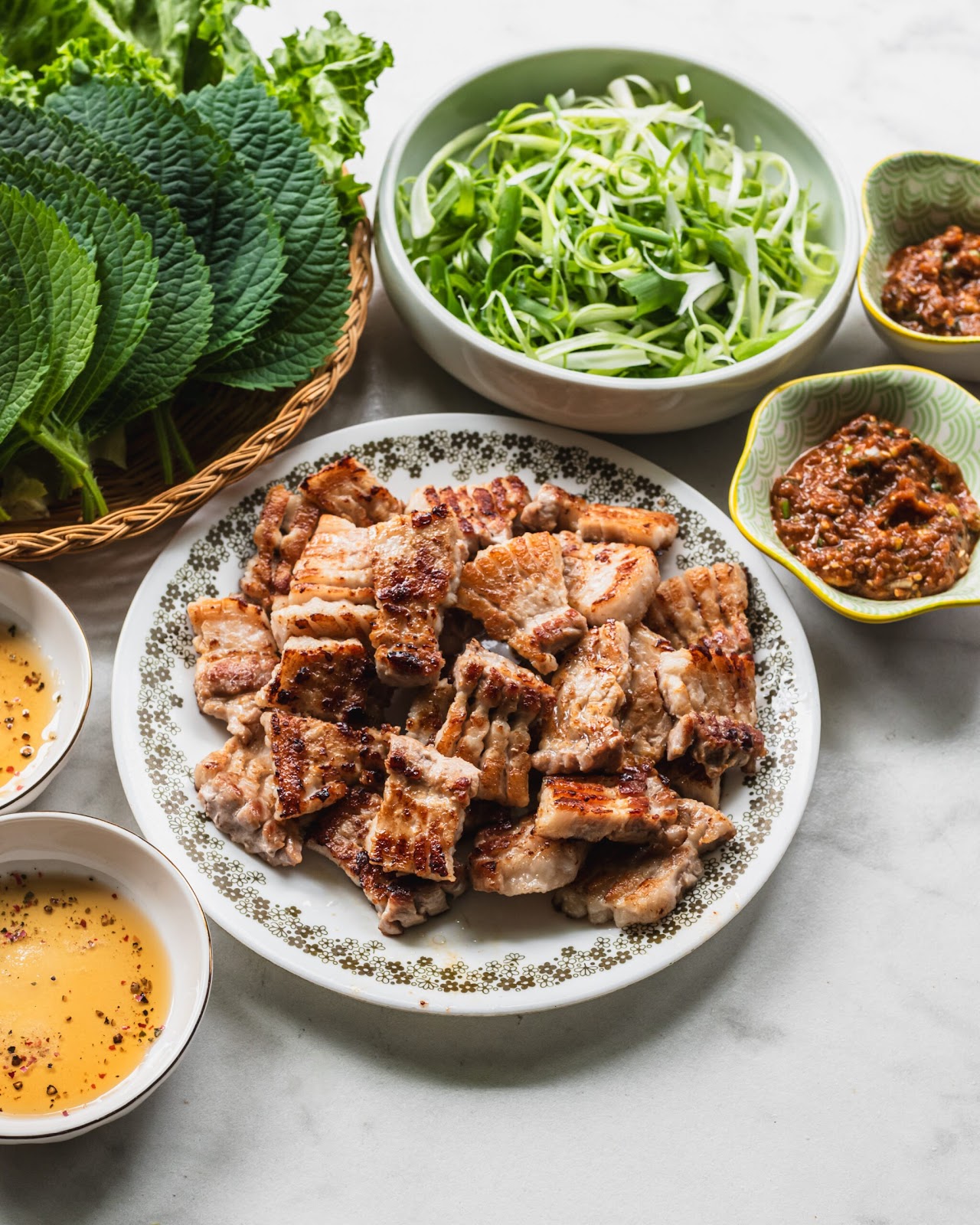
This is Korean pork belly BBQ. In Korean “SAMGYEOPSAL” means three-layer meat.Generally it refers to the meat and fat found in pork belly- which is the same cut as bacon. Amazingly it is easy to make at home. Only simple ingredients are needed and it’s ready to eat.
SOCIAL DINING CULTURE
Samgyeopsal holds a special place in Korean culture, symbolizing more than just a meal. It’s a social ritual, often associated with gatherings of friends and family. The communal nature of cooking and sharing food at one table fosters a sense of unity and togetherness.
- POPULAR KOREAN FOODS IN OUR COUNTRY
Pakistan is one of the countries where people love to eat & deeply associated with the food culture. In different regions of Pakistan people introduce their culture with their most popular food items. We not only love to eat Pakistani food but the foods of other countries like South Korea.
People love to eat spicy Korean food. These “Ramen” are getting popular among young people these days.
- 핵 불닭볶음면
Hot Chicken Flavor Ramen
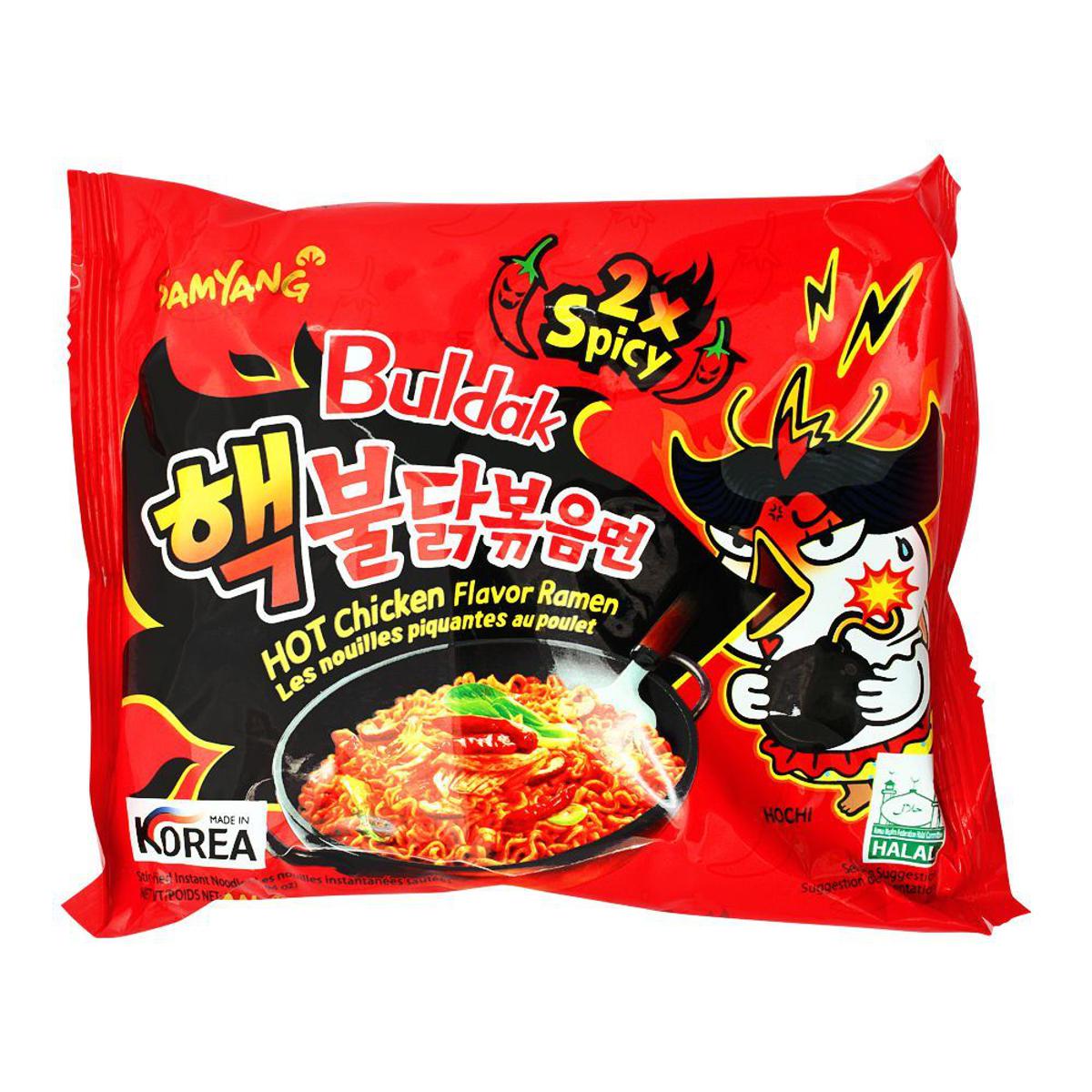
- 까르보 불 닭볶음면
Hot Chicken Flavor Ramen
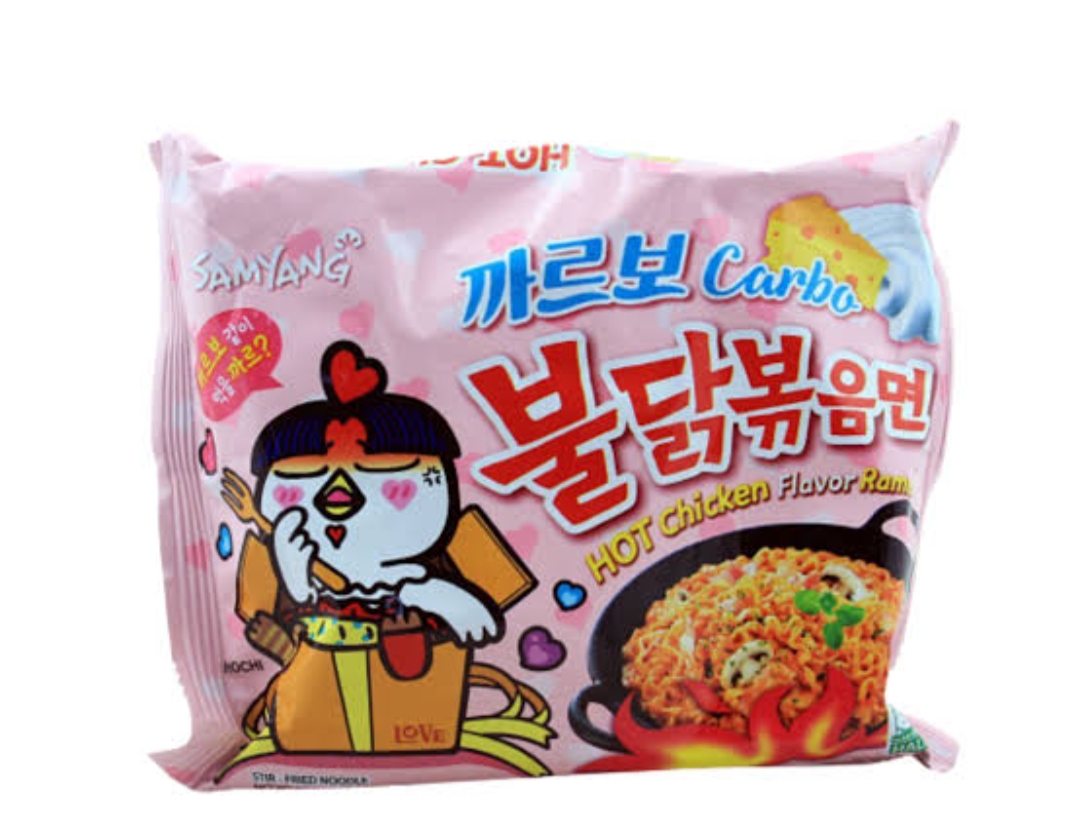
Korean food & culture is spreading a great influence in our country. People are curious to know more about “Korean Cuisines”. There are different Instagram pages & restaurants that make Korean food in Pakistan.
- KOREAN FOOD RESTAURANT

Here you can check all the details about Korean food in Pakistan. They have very good & different delicious options.
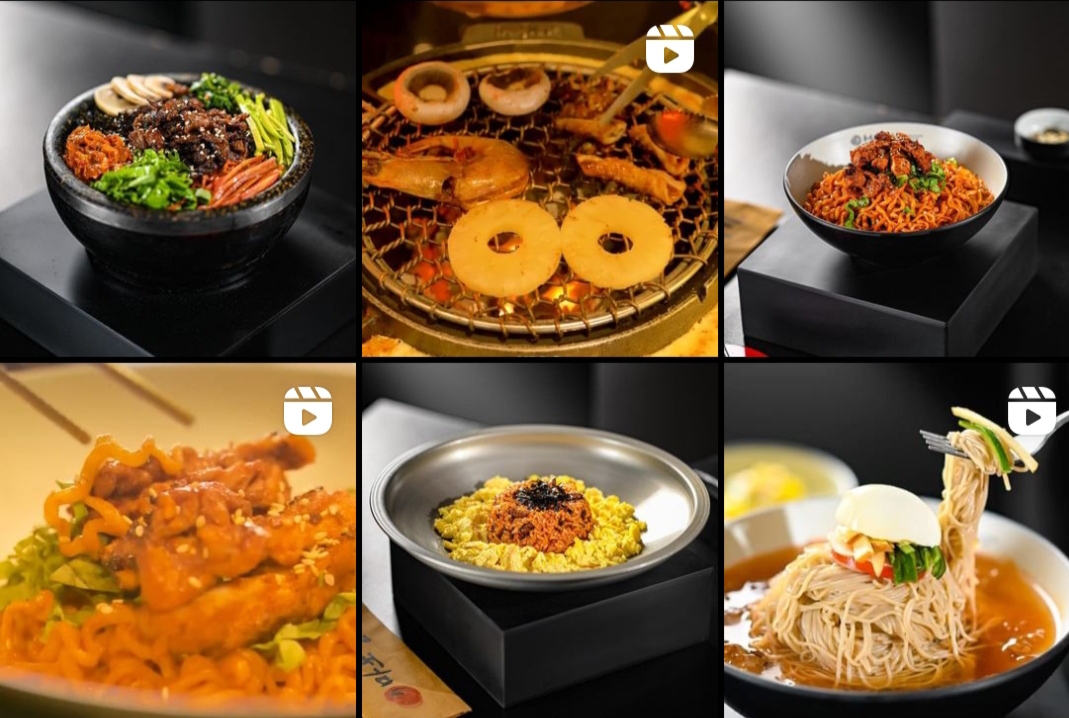
- SEOUL KIMCHI.PK
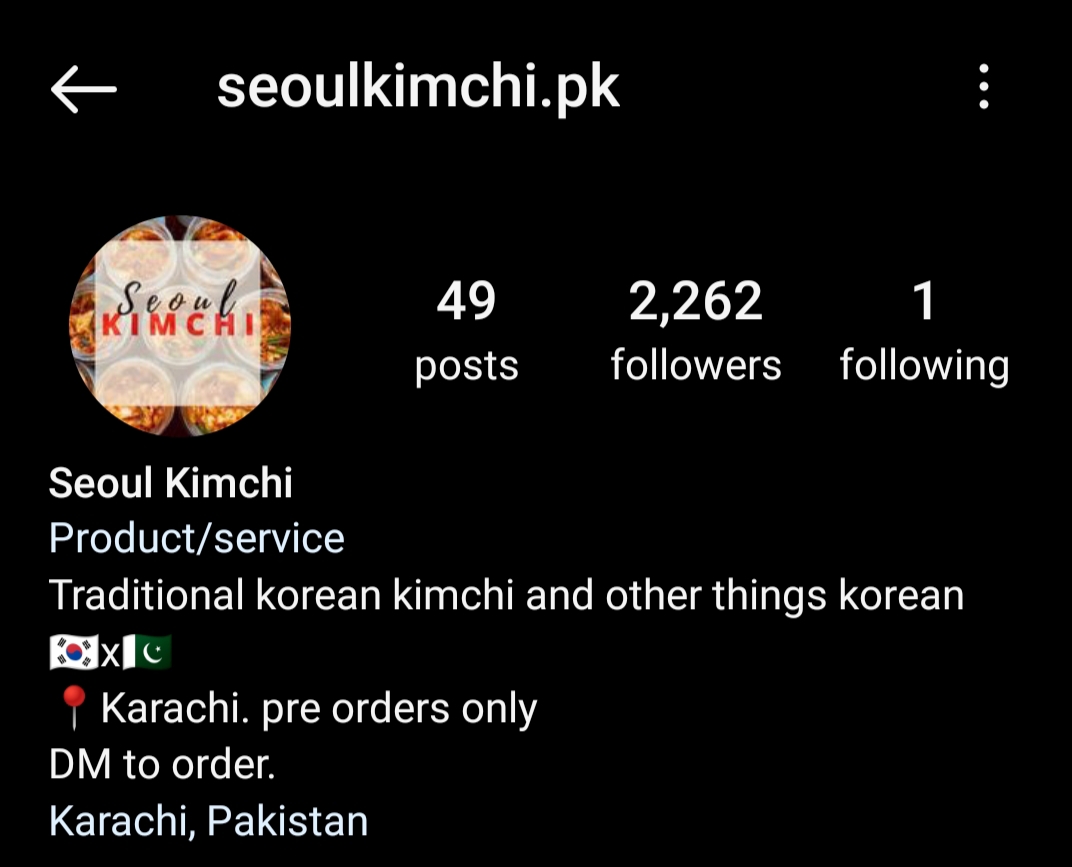
This restaurant also includes many good options to try.
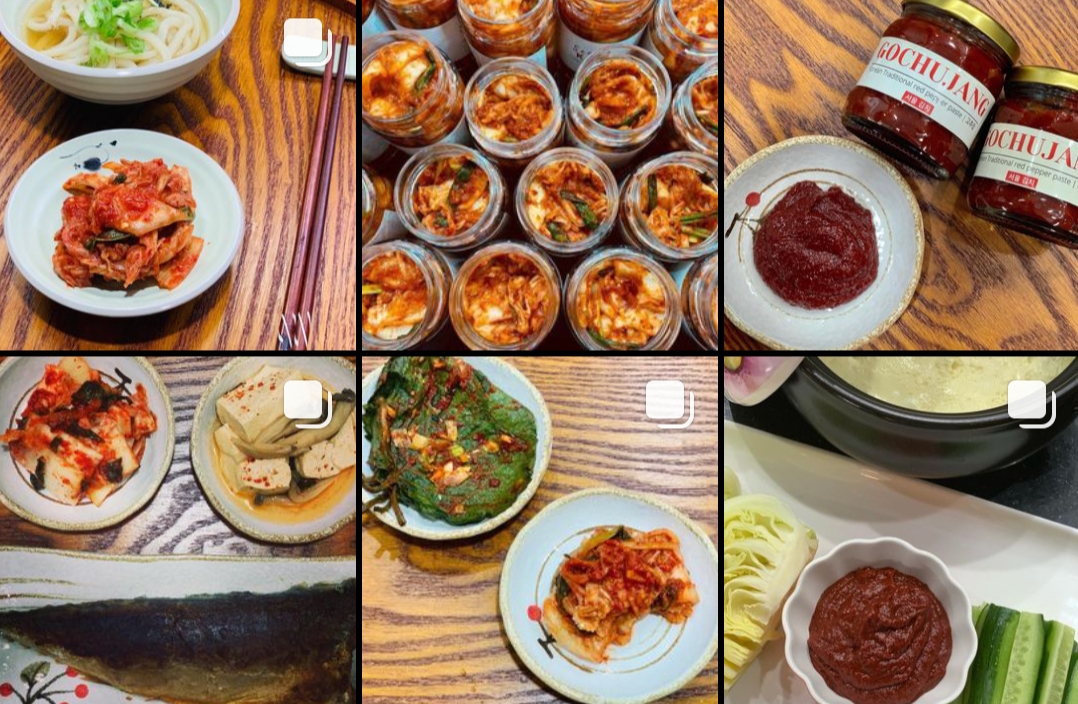
MY PERSONAL FAVORITE KOREAN FOOD:
I am that kind of person who really likes to eat “Pickle” and always wants to try different kinds of pickles in Pakistan as well as in South Korea.
- KIMCHI 김치
is one of the foods which is basically a pickle side dish which I would love to try. This is on my bucket list. Whenever I will get the opportunity to visit the Republic of Korea I would love to eat kimchi.
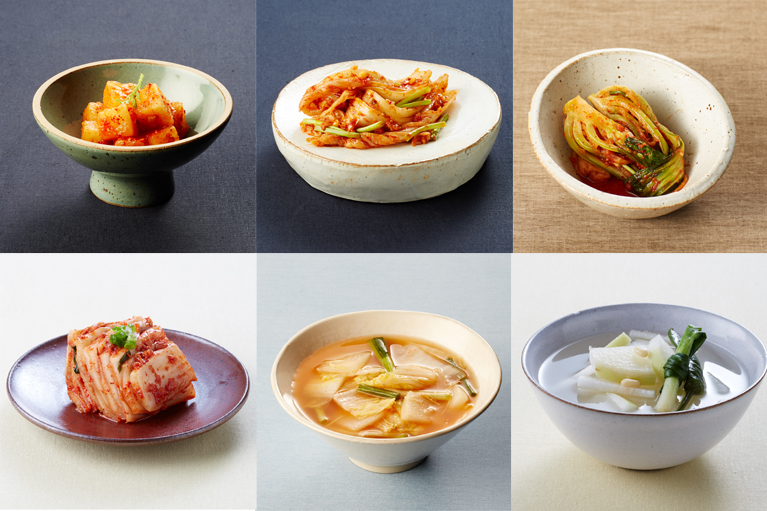
- And one more this which I would love to drink is BANANA FLAVORED MILK
( 바나나 우유)
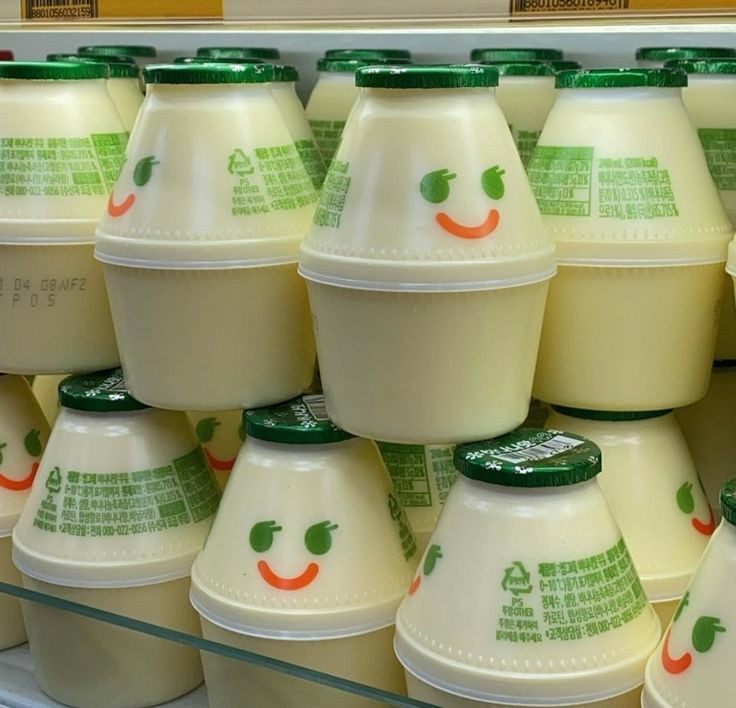
I hope you find this blog useful. This blog is one of my favorites so far. I am sure you are also having fun while reading this.
If you have any questions related to Korean language learning feel free to contact us.
Regards,
TASKEEN PEERZADA

Leave a Reply